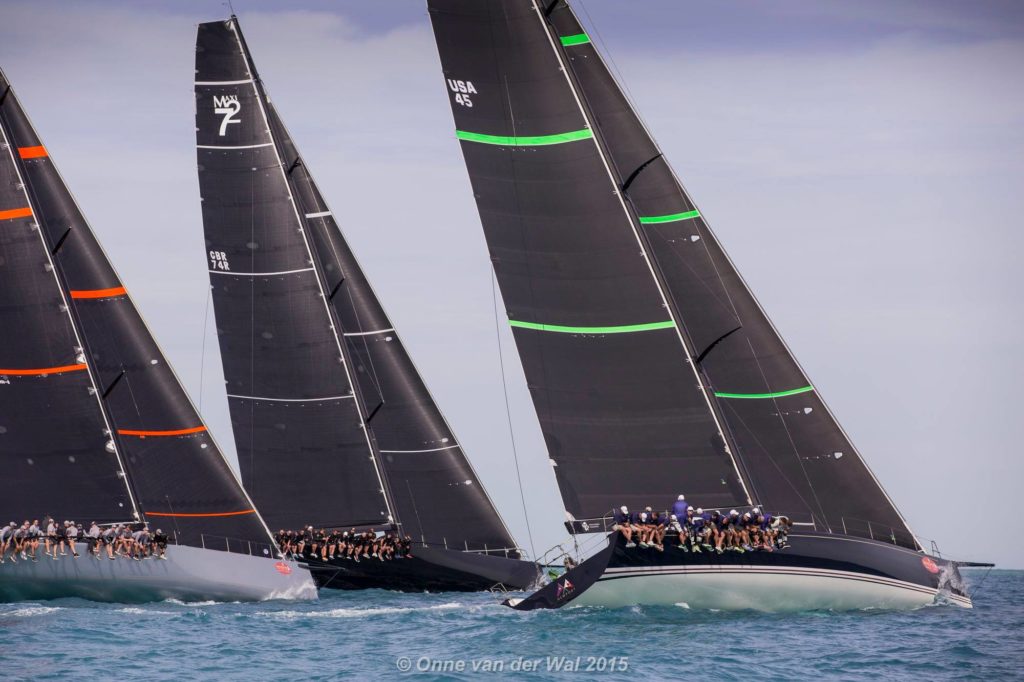
It’s the ultimate bummer. The starting gun sounds, you’re in the front row and looking good. Just like they draw it up on the wipe board. Then there’s another horn, the X flag, and, after an excruciating wait, you hear your sail number on the VHF. You’re OCS and you can kiss a good result good-bye.
Don’t give up so quickly. An OCS is a hurdle for sure, one of the bigger ones you’ll ever face in your quest for a good result. But on the plus side, you’ve still got the whole race in front of you—not to mention whatever’s left of the regatta. Take a few deep breaths, and keep these tips in mind.
1. Stick to the game plan. So many times the frustration of being OCS causes teams to completely abandon the pre-start game plan. Here’s a perfect example, you’re OCS at the leeward end of the line, you clear yourself by jibing around the pin, and then you head off on port tack and go hard right only to see the left side come in strong, just like you’d predicted. It’s the ultimate double whammy! Don’t abandon all your pre-start research.
2. Work to get a clear lane. Sticking with the example above, your best opportunity to get to the left might be to clear yourself around the pin and tack back to starboard. You’ll be second row—or worse—but the separation from the boats that started properly may allow for you to execute the plan. However, this may also be a little bit of wishful thinking, especially in a big fleet. So instead of tacking right back to starboard and sailing in bad air, sail on port tack to take advantage of the lifts off of the backside of the fleet on starboard and choose a cleaner lane for your tack toward the left side of the race course.
3. Get out of phase (with the fleet). If neither side is strongly favored, look to find clean air by going against the grain: sailing on port when most of the fleet is on starboard, and vice versa. Sailing out of phase with the fleet will create separation and allow you to sail your boat at optimum speed. Groups of boats always tend to slow each other down. I am always amazed how long people will sail in a pack when tacking away would afford them much cleaner air.
4. Minimize tacks. Hitting a corner is one way to reduce the number of tacks. But it’s a risky call. If you decide to be more conservative, make sure to limit your tacks to the bare minimum. Double check your lanes and try to anticipate where boats ahead of you will tack.
5. Boat speed. This may seem obvious. Boat speed is always important. But it’s easy to get discouraged or distracted when looking at so many transoms. Redouble your efforts and focus. Every ounce of energy needs to go into sailing the boat fast.
6. Focus on short-term goals. Turn your OCS into a positive. Establishing short-term goals, for example, by only looking one mark ahead, helps the motivation on the boat. It can be difficult for everybody to put everything they have into hiking when it may all be for naught. A quick acknowledgment of the mistake is key. Identifying boats that can be picked off, or closed on, and then maintaining a constant dialogue of your progress will keep the team’s frame of mind as positive as possible.









